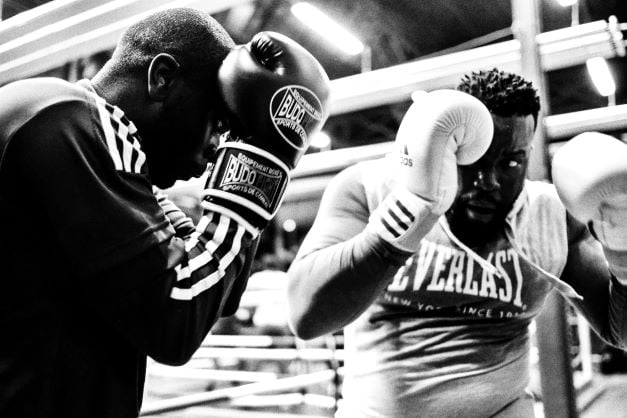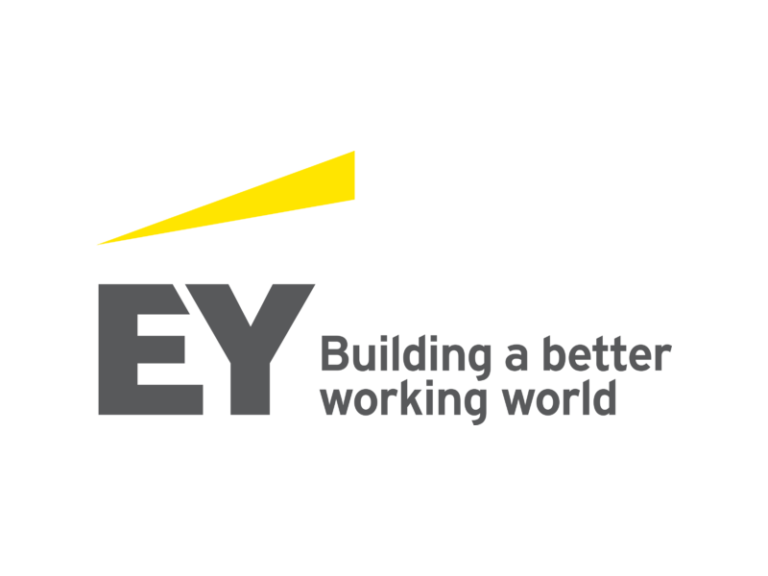Many-Tasking for Greater Productivity
Many-tasking
My goal in writing this is to be educational and help others learn from my successful experiments, but I’m also hoping to coin a new term. The term is “Many-tasking.” Many-tasking turns multi-tasking inside out: Where multi-tasking is dividing one person’s time across many tasks, usually very inefficiently, many-tasking is having many people focus on one deliverable, working simultaneously and cooperatively, creating hyper-efficiency. I argue this enables a team to accomplish more work faster than ever before possible.
Origin of many-tasking
I started many-tasking about 12 years ago, using shared excel spreadsheets on a shared drive at work. My team leads – about 12 people in total – would log in throughout the day updating statuses for their pieces of the project in near-real time.
I created a list of tasks and steps that each task needed to go through, with columns for the owners of the task to put their names in and columns for those owners to put the dates on which they accomplished the task.
This helped me do the following:
- Track progress very effectively, with cycle times included by person
- Determine who we were waiting on at any given time
- Determine how long we’d been waiting on the current deliverable owner
- Ensure everyone was clear about who owned which task at any given time
However, it required each person to save the document regularly, as a save was required to copy the file to the server, and another save was required from everyone else to pull the server copy and merge it with their local copy. This was near-real-time collaboration but not the true real-time collaboration that is possible now.
New Foundation: Advances in collaboration tool capabilities
The advancement of collaboration tools has provided a new, more effective, way of working collaboratively. The advent of Google Docs (from the XL2Web acquisition), provides a real time interface for multiple people to work on one document, and can dramatically increase the productivity of teams with the techniques outlined in this article.
A successful experiment
I designed a real-time many tasking process as an experiment attempting to take my 10-year-old process to the next level with new technology. I brought together all the functional leads from my company and started asking them to brainstorm all the best practices from our flagship product’s most common implementation schedule.
Leveraging LEAN
I started off using stickies on the wall — Basically laying out the highlights of our implementation process so that we could visually see how our process worked. We put parallel tasks above and below each other, sequential tasks left and right, the left-most being the start of the process and the right-most being the end of the process. Similar task streams were on parallel planes horizontally. After mapping out the process, we looked for non-value added steps and steps where deliverables were verified multiple times. We removed non-value added steps, and looked for ways we could make the process more efficient so we could deliver faster for our clients.
We learned from our discussions that there were many best practices used throughout various parts of the company, however many of these tools and deliverables were created by the inventors but not the rest of the company. We wanted the whole company to benefit from each person’s ideas, to create an environment of continuous improvement. The ultimate goal, which I was able to achieve, was to give every employee in the company a voice — If they saw something that they thought could be done better, they could come to a functional designee for improvements in their function, or to me for cross-functional improvements. To do this, we needed to create a list of the specific best practice deliverables across the company, complete with a summary of the deliverable and what its purpose was, a sample deliverable, a subject matter expert for each deliverable, and a clear order in which the deliverables should be done.
In preparation for this, each functional expert gathered the best practices from within their function, whereas I captured cross-functional best practices. Each of us interviewed the inventors of the deliverables to determine enough information that we could capture the required information about each deliverable. Then we needed to document it.
This would normally have taken weeks of work, however we accomplished it in just two meetings that were two hours long each, thanks to many-tasking. Each functional lead captured the best practices from their function, in approximate chronological order (I had laid out the milestones and some of the major best practice deliverables as a strawman). Everyone entered non-contentious deliverables (>80% of deliverables) in parallel, filling out the document very quickly. We went through from the top to the bottom and I facilitated a discussion about any contentious cross-functional deliverables (<20% of the total), and ensured the order of the deliverables was in true chronological order.
Best practices
To further our goal of continuous improvement, after each client engagement was completed, we did a “lessons learned” session where we captured everything that went well as well as what could have gone better on the engagement. Many of the ideas were improvements to, or new best practice deliverables that could be incorporated into the overall process. By taking these great ideas and documenting them in our best practice spreadsheet, we put the feather in the cap of the continuous improvement process in the company.
Techniques to hone the process
I’ve begun to hone the process of many-tasking, and have some techniques that I’d like to share. I’m sure readers will have other techniques that I invite them to share in comments on this article.
Divide and conquer
It’s best to divide and conquer on the 80% of non-contentious tasks with a strawman showing where they should put their content. This enables each person to work on their portion of the deliverable in parallel to the others for 80% of the document, and focuses the conversation around the areas that need to be discussed rather than on more mundane areas that can be delivered without discussion required.
Real-time notes to queue up contentious areas
When people write something they feel is contentious, they can add a note in Google Docs to indicate they want further discussion. The facilitator can use the notes as a hit list of items to talk about with the group. I think it would be best to deal with these issues in real time, as the back and forth from writing is usually not as productive as a conversation around anything that’s contentious. This allows tone of voice, and ideally if you’re in person, body language to play a part in the communication. Given that 80% of communication is non-verbal, if you can all be sitting in the same room with Google Docs on your laptops, you’ll be in an ideal environment for easily knocking out contentious topics by maximizing communication amongst the group.
Final review
A final review of the document should be led by the facilitator. This ensures everyone has seen all the content and clarified any contentious issues. It also ensures each function understands the big picture, and can help identify process improvement ideas where handoffs can be made more efficient. Contentious issues that are brought up in this final review can be discussed and fixed in real time by whoever feels they have the best solution and reviewed by everyone in real time as they see the person fix it. This final review is critical as it puts everyone on the same page for the work that was done in parallel, and gets buy-in/support from the leaders who created the document.
Consider multiple meetings when offline analysis is required
When you have contentious topics that require research, consider multiple meetings. In my best practice sharing gathering, I did the two meetings a week apart so that people would have time to fully think through all their best practices and gather any supporting data they wanted to leverage. This also helps introverts process everything that they’re working on more effectively, as well as providing time to capture and then, in the meeting, resolve the contentious issues that arise.
Action-items get done in real time too
We all know what happens to action items in some cultures – The critical ones may get done, but the others either require an exorbitant amount of follow-up to be sure they get done, or they don’t get done at all. Neither one is productive. With many-tasking I often avoid action items entirely by asking people to do the work during the meeting I’ve scheduled. If I’ve properly divided the work up, they can do 80% of it in parallel without contention, and I facilitate the conversation around the remaining 20% of contentious issues. Thus few if any action items or follow-up meetings are necessary; the work is done in the meeting itself. Doing the work in the meeting gets the entire team engaged and energized, because they see in real time the progress others are making and are thus motivated to make progress themselves.
Best group productivity in history
Many-tasking can make groups of people more productive than they’ve ever been, by enabling work to be done in parallel in real time with many hands making light work, and by resolving conflicting ideas in real time. Try it, and let me know how it goes for you. You can reach me by sending an email to: manytasking@gmail.com.
By Garrett Lang
 Garrett Lang has been working in technology since the mid 90’s, and has done everything from hands on development to product/program/project management and business analysis, across the financial services, marketing tech, and ad tech industries. He has learned over time that his true passions, though, are in product management and people management. He has worked on a wide variety of technologies – from web apps to mainframes to client server apps to interfaces – and loves learning new ones. Garrett always looks for new ways to do things better, and enjoys sharing his successful experiments with others.
Garrett Lang has been working in technology since the mid 90’s, and has done everything from hands on development to product/program/project management and business analysis, across the financial services, marketing tech, and ad tech industries. He has learned over time that his true passions, though, are in product management and people management. He has worked on a wide variety of technologies – from web apps to mainframes to client server apps to interfaces – and loves learning new ones. Garrett always looks for new ways to do things better, and enjoys sharing his successful experiments with others.
Please feel free to reach out to him at manytasking@gmail.com or connect on LinkedIn.






